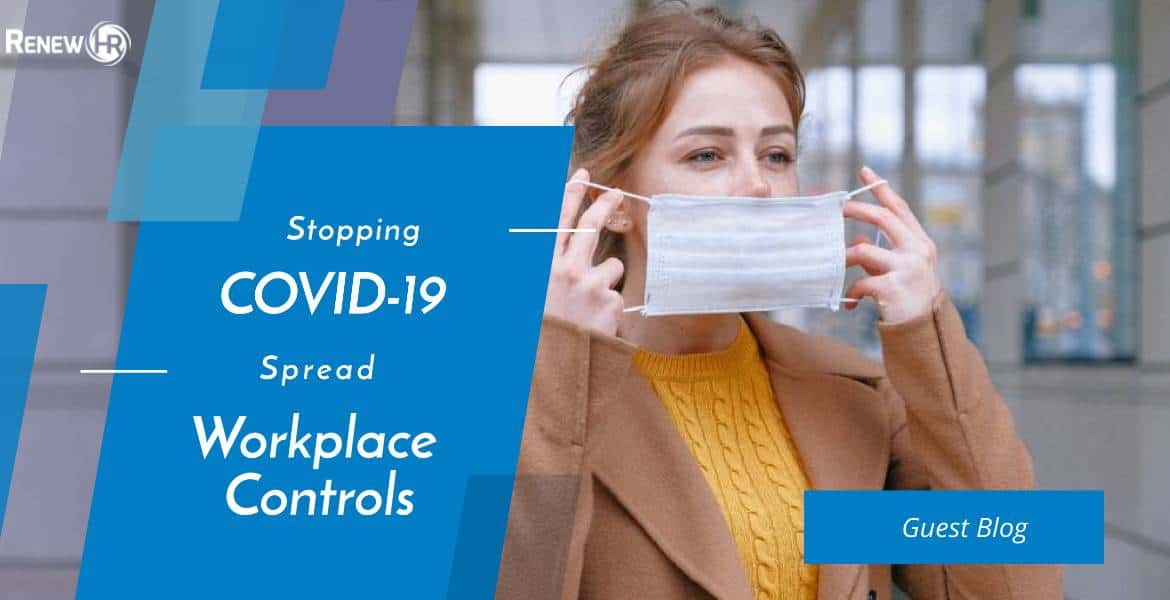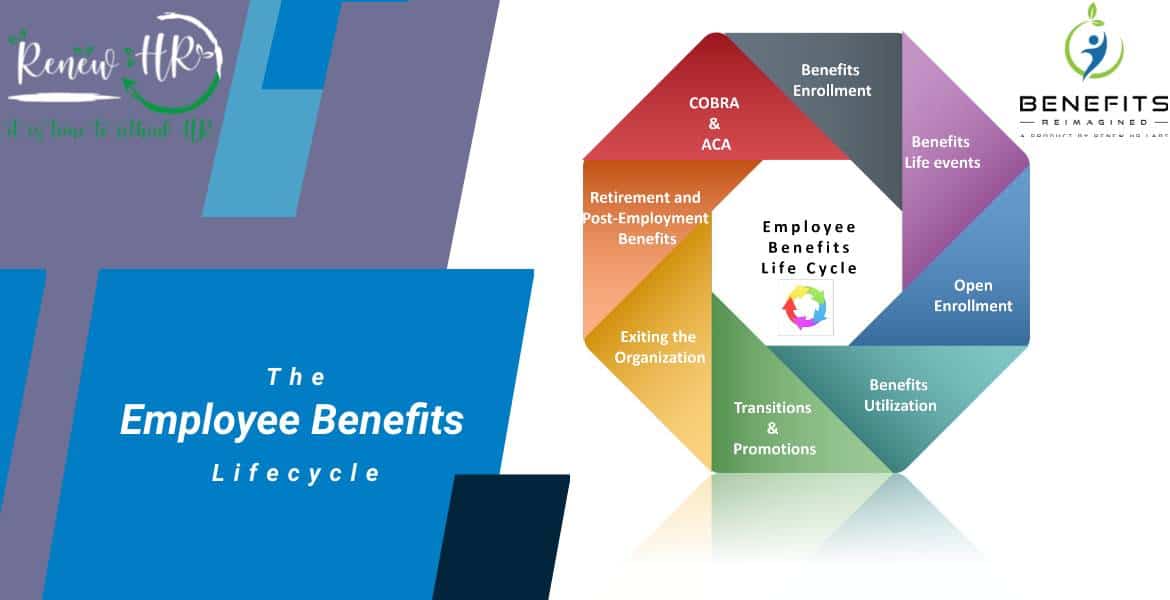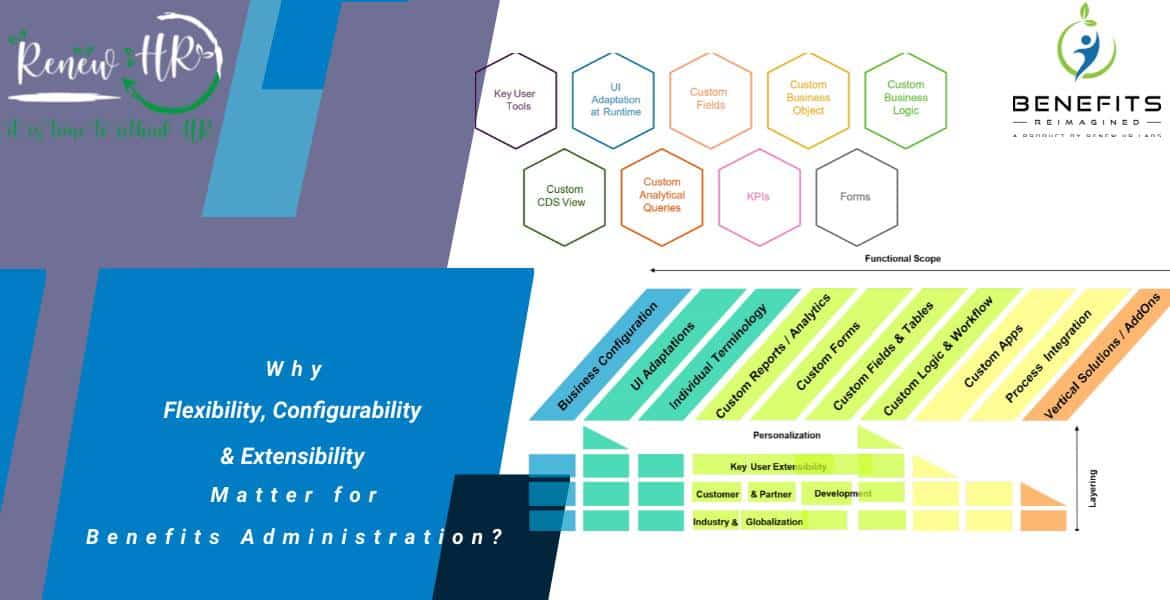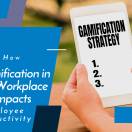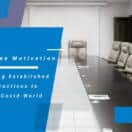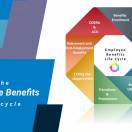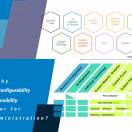Public health authorities, medical facilities, and healthcare professionals all over the world are stretched to their limits to contain the novel Coronavirus (COVID-19) pandemic. But it isn’t just the healthcare sector that alone can stop the spread of COVID-19. Businesses, non-profits, media houses, and other organizations also need to rise to the occasion.
Organizations need to plan and implement various workplace controls to contain the pandemic if COVID-19 has not arrived in the communities where they have their offices, factories, etc. or when they prepare for the eventual return of employees to the workplace.
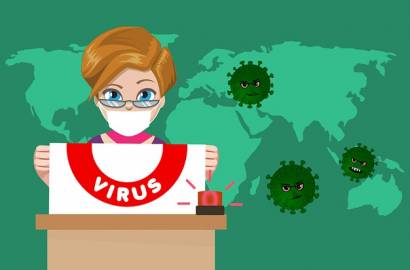
The Occupational Health and Safety Administration (OHSA), U.S. Department of Labor recommends the use of a framework based on the ‘hierarchy of controls’ to determine the most effective ways of controlling workplace hazards. The fundamental approach to control a hazard is to systematically eliminate it from the workplace instead of relying on employees to reduce their exposure.
Recent reports suggest that COVID-19 appears to be most contagious 1-2 days before symptoms appear or before people even know they are infected. Given the highly contagious nature of the virus, it isn’t possible to completely stop the spread of COVID-19 in the workplace or in a community. But organizations can implement control measures that are known to be effective.
Contents
Engineering Controls
Engineering controls help reduce exposure to workplace hazards in a cost-effective manner. In this case, employers need not rely upon worker behavior to ensure positive outcomes.
In the case of COVID-19, you don’t just have to focus on isolating workers from hazardous areas; you need to think of ways to isolate workers from each other!
Here’s a selection of engineering controls that employers can implement to protect workers from COVID-19 infection –
- Increase ventilation rates in the workplace, be it a corporate office or a manufacturing plant.
- Investigate all air-filters for their efficiency; if necessary, upgrade air-filters at the earliest.
- Install physical barriers in the workplace. You can, for instance, install transparent plastic sneeze guards over cubicles and in front of desks. Temporary barriers should be placed at all locations where workers and customers are likely to come face to face.
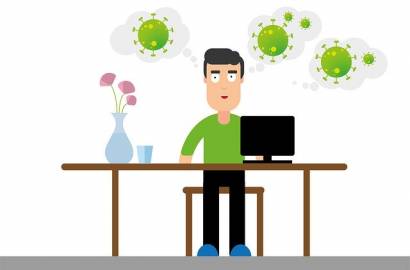
- Employees should be separated into discrete areas in the workplace such as cubicles or offices.
- Make sure that community amenities such as break rooms, community sitting area, lunch halls, coffee stations, snack plates, etc. are removed or made unavailable until we all move past the COVID-19 pandemic.
- Keep all your customers far apart from each other and your workers; if possible, do not allow any customer or client to get inside the office. If customers must enter your premises, be sure to limit their proximity to each other as well as to workers, especially receptionists and customer relationship managers.
If possible, set up a drive-through window for handling customers. This will help minimize contact with asymptomatic people who may possibly be carrying the active virus.
Administrative Controls
Administrative controls are alterations in work procedures to minimize exposure to a hazard. It is the most practical form of COVID-19 prevention for most facilities. For administrative controls to be effective, employees or their supervisors need to act in a certain manner.
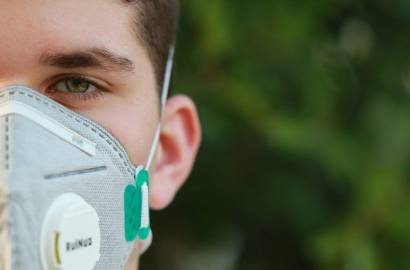
Listed below are some examples of administrative controls that can help contain the spread of COVID-19 –
- Ask all sick employees to stay at home, whether they exhibit COVID-19 symptoms or not. Encourage employees to inform their supervisor if they have sick family members at home with COVID-19.
- If some employees show symptoms such as fever, cough, or shortness of breath, upon arrival at the facility or turn ill during the day, they should be promptly separated from other employees, customers and sent home.
- Avoid face-to-face meetings; conduct virtual meetings in order to minimize contact among employees, vendors, and clients. Even if workers are physically present in a facility, it is important to prevent gatherings, be it for a meeting or chit-chat.
- Take steps necessary to reduce the total number of workers in an office or a facility at a given time. You can, for instance, have your employees work in different shifts or establish alternate workdays.
- Prepare an emergency communication and response plan; senior managers or HR leadership should pass on authentic information about COVID-19 to all workers from time to time and address their concerns. Be sure to rely on authentic sources such as the CDC or WHO for reliable information on COVID-19.
- Educate employees through awareness campaigns on how they can protect themselves from contracting COVID-19 at work or when they travel to work.
- If some workers need to use Personal Protective Equipment (PPE), they should be trained on how to wear it and take it off. The training material should be developed or sourced keeping in mind the literacy level of workers.
- Disinfect frequently touched surfaces such as desks, door handles, elevator buttons, stair handrails, light switches, counters, etc. with a disinfectant (alcohol-based). COVID-19 may be able to survive on inorganic surfaces for three days.
- Institute compulsory hand-washing times in the workplace. For instance, workers can be asked to wash their hands with soap and water for at least 20 seconds, once every 30 minutes.
- Hand sanitizers (with 60% Ethyl Alcohol or higher) should be provided to all workers.
Travel Controls
Employees and contractors should be advised to seriously consider national and regional travel advice before going on business trips to other states or countries. Business travel to high-risk cities, states, and countries should be restricted.
If an employee has recently traveled to or from a high-risk zone, s/he should be offered a mask to commute safely to her/his residence and asked to work from home or sent on leave for at least four weeks.
All employees should be asked to contact the local public health department and provide details of recent travel to countries hit by the COVID-19 pandemic and symptoms if any. If necessary, employees can be directed to a designated assessment facility that uses rapid COVID-19 detection kits to ascertain if a person is infected or not.

Elimination Controls
Elimination is the best way to stop COVID-19 spread but it is also the most challenging one. Once the Coronavirus has entered an environment (a building, for instance), you cannot just remove it. It isn’t possible to physically remove the virus – permanently or conclusively. You can never be sure that the virus has been removed or it will not enter the environment again.

Therefore, if there has been an outbreak in the community in an area where you operate, the best way to eliminate your workforce’s exposure to COVID-19 is to temporarily close your business. This way, you can be sure that your employees won’t transmit the virus to each other.
Substitution Controls
Substitution controls work by replacing a hazard with something less risky to achieve the same outcome. Organizations that cannot afford to remain closed down for an indefinite period of time can opt for substitution controls. In this case, organizations can substitute the workplace with another, safer and more isolated environment.

To prevent the spread of COVID-19, an organization can have all or most of its employees work from home. The possibility of workplace transmission is eliminated if there’s no shared environment.


